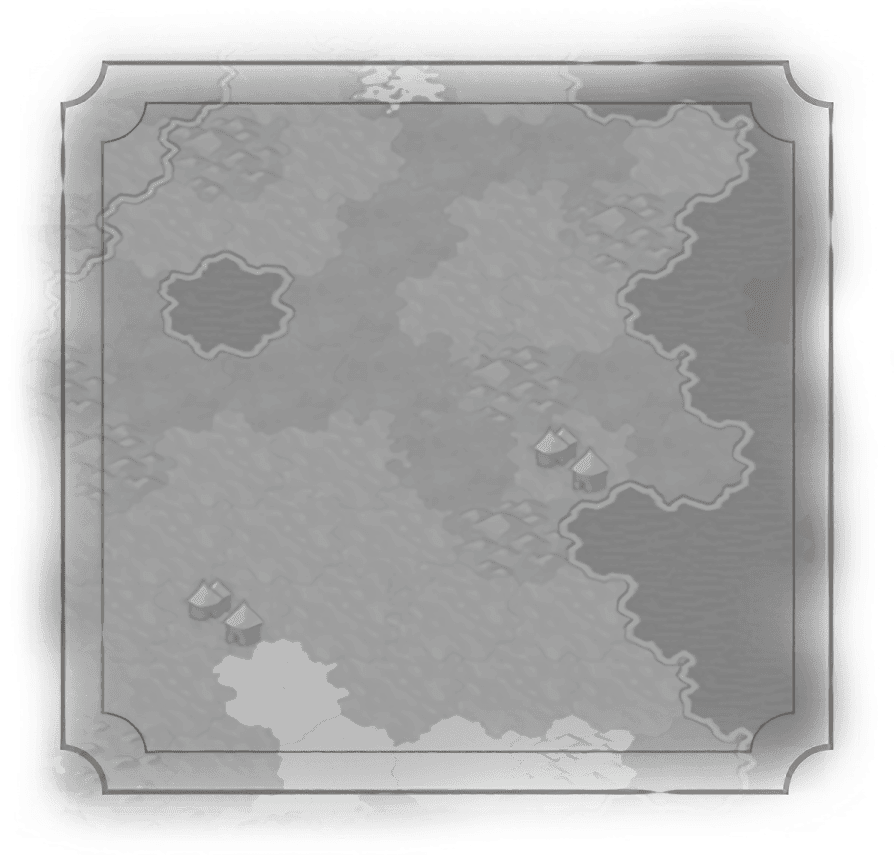Civilian
Land Combat
Naval Combat
Support
Heroes


Jet Fighter
Description
Information era Fighter upgrade.
Historical Context
The best propeller-driven fighters of the World War II era could fly about (at best) 650 kilometers per hour (400 mph) and could carry one or two machine guns, and perhaps a small bomb or rocket or two. The Germans decided this wasn’t enough to stop the Allied bomber fleets, and so they developed the first operational “jet” – the Messerschmitt 262. While it didn’t change the course of this war, it did for all those afterward. With the obvious success of the Me-262 (although it did tend to occasionally blow up), after the war everyone started designing and building new fighter jets: British Meteor, American F-86, Russian MiG-15. By the end of the Korean War, jet fighters formed the backbone of every major air force. At the time of the Vietnam War, jet fighters could carry a couple 20mm cannon, ten or so missiles, and dozens of rockets and bombs, as well as reach supersonic speeds.

Traits
Upgrade From
Promotion Class: Air Fighter

Description
Information era Fighter upgrade.
Historical Context
The best propeller-driven fighters of the World War II era could fly about (at best) 650 kilometers per hour (400 mph) and could carry one or two machine guns, and perhaps a small bomb or rocket or two. The Germans decided this wasn’t enough to stop the Allied bomber fleets, and so they developed the first operational “jet” – the Messerschmitt 262. While it didn’t change the course of this war, it did for all those afterward. With the obvious success of the Me-262 (although it did tend to occasionally blow up), after the war everyone started designing and building new fighter jets: British Meteor, American F-86, Russian MiG-15. By the end of the Korean War, jet fighters formed the backbone of every major air force. At the time of the Vietnam War, jet fighters could carry a couple 20mm cannon, ten or so missiles, and dozens of rockets and bombs, as well as reach supersonic speeds.
Traits
Upgrade From
Promotion Class: Air Fighter

 Production
Production Gold
Gold

